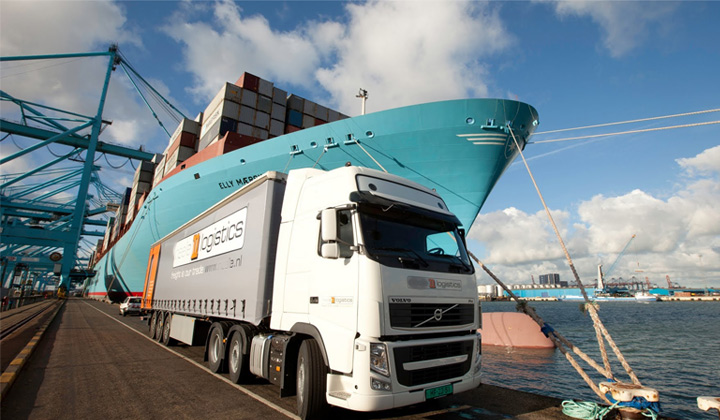
OCEAN AND INLAND WATERWAYS
First, geographic and environmental factors must be checked. Some inland waterways have limited navigation periods, due to snow and ice in the winter, and subsequent flooding in springtime. In other areas, water levels should be taken into account, as they may fall too low for big vessels to pass safely in hot summers.Vessels are routed from the port of loading or point of entry into the river system to the final destination not only by shortest distance, but also considering locks, other vessel traffic, restrictions imposed by authorities and height clearance when passing under bridges or obstacles up to the point of entry, such as congested straits or ports. All of these factors can significantly influence the transit time.
The second category of criteria relates to the cargo's point of origin and final destination. Factors such as the origin of the cargo, hinterland transport and customs clearance must all be taken into account. If the delivery area is too remote, or hinterland transport is not feasible due to distance or other obstacles, a jetty may be an appropriate alternative. If the decision is made to build a jetty, the next step is to select the location, negotiate with local authorities and review the necessary infrastructure, all additional challenges.
Third, the rules and obligations imposed by the authorities must be checked. Flag restrictions, subsequent vessel availability and other technical aspects should be considered. Especially when it comes to heavy lifts, technical planning involving nautical engineers is critical.

